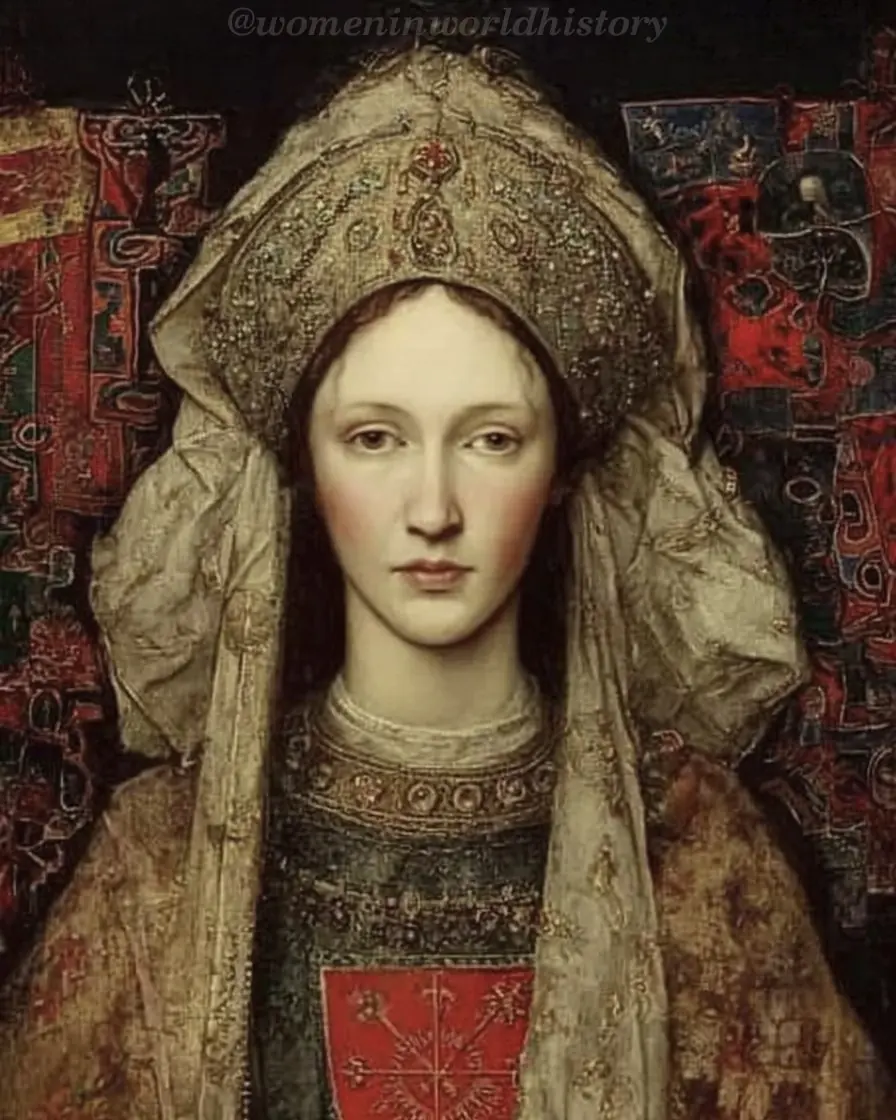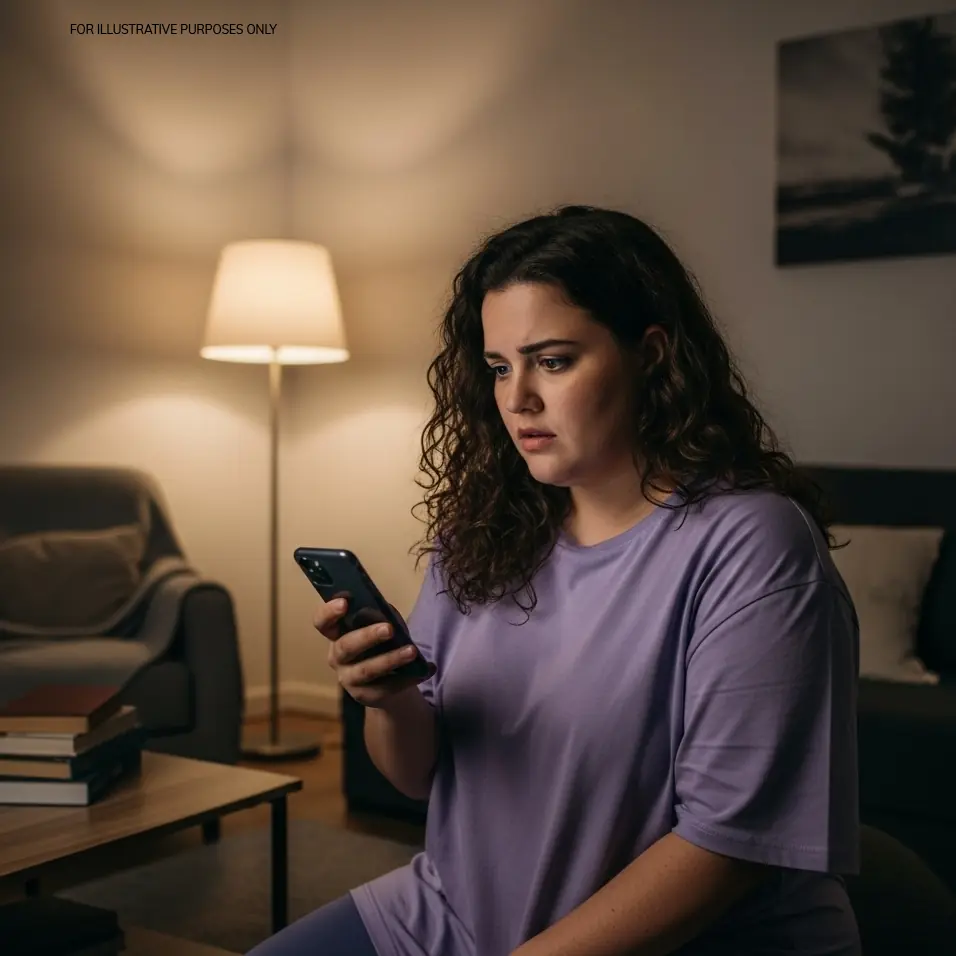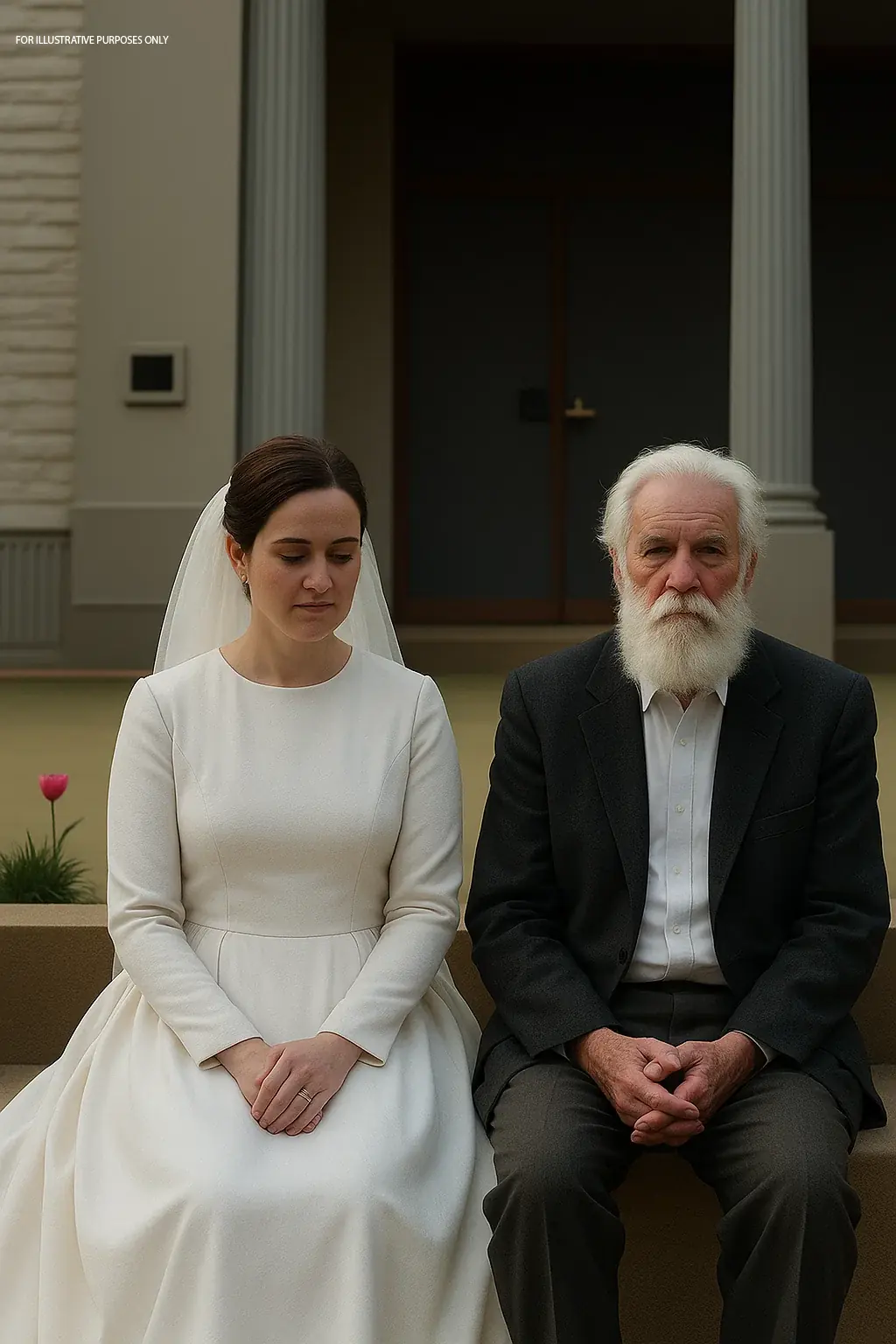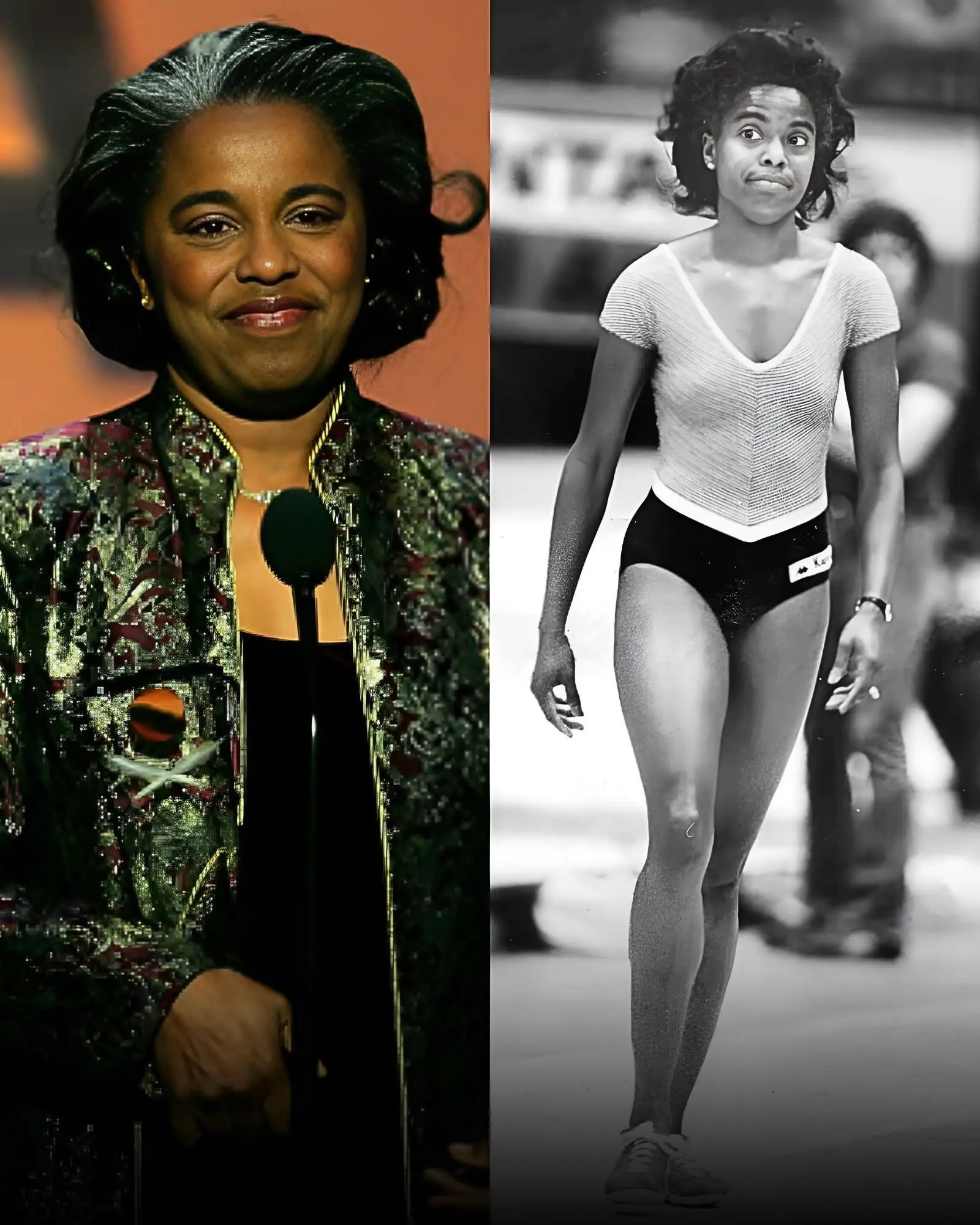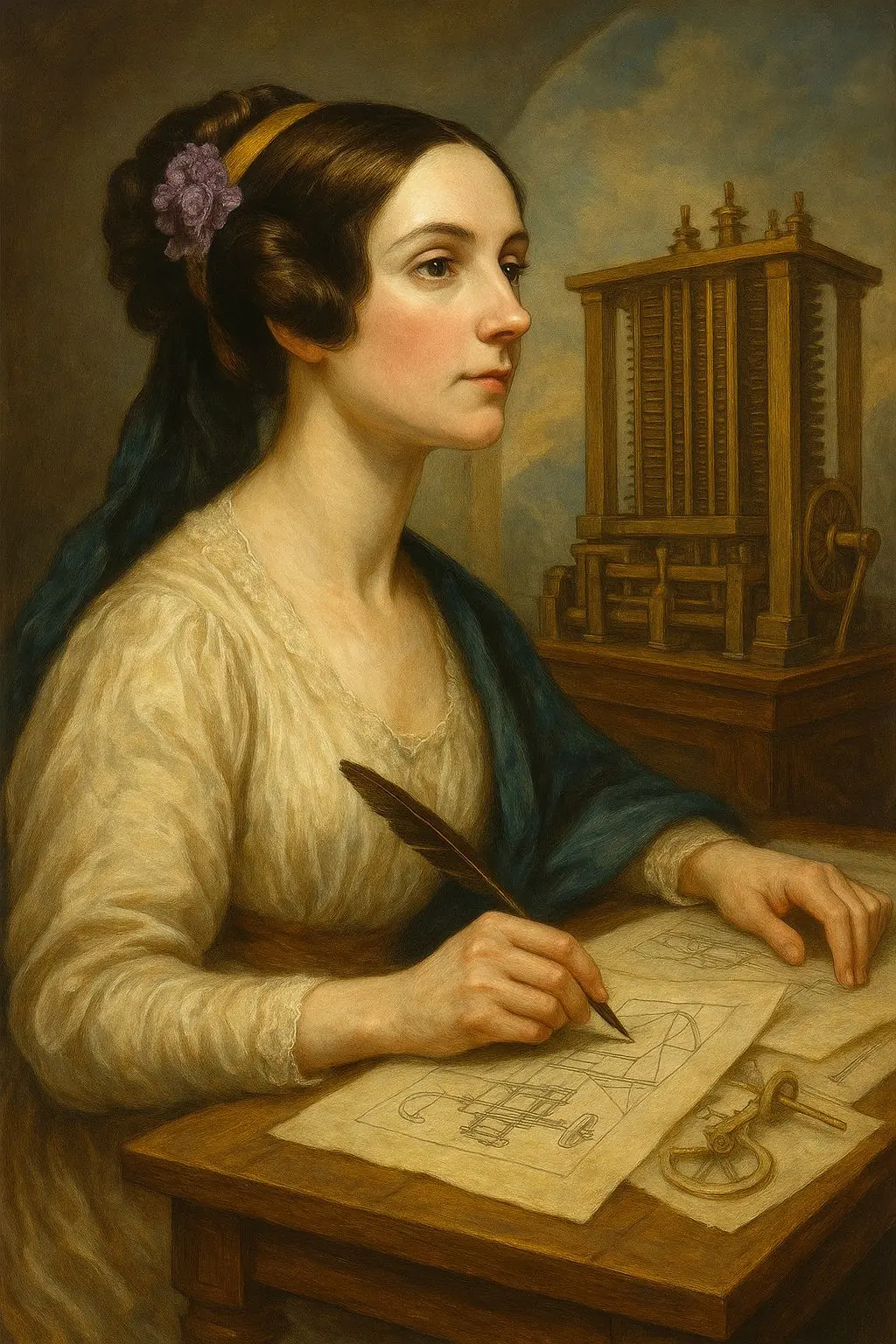
Over a century before the digital age became reality, Ada Lovelace imagined its possibilities, earning her place in history as the world’s first computer programmer and a visionary far ahead of her time. Born Augusta Ada Byron on December 10, 1815, in London, she was the daughter of the renowned poet Lord Byron and the mathematically inclined Annabella Milbanke. Shortly after Ada’s birth, her father abandoned the family, leaving her to be raised solely by her mother, who ensured Ada never knew him. Determined to steer Ada away from her father’s romantic temperament, Annabella immersed her daughter in the rigorous study of math and logic—a rare pursuit for women in the 19th century.
Thanks to exceptional tutors like Mary Somerville and Augustus De Morgan, Ada’s intellect flourished, setting the stage for her groundbreaking contributions. At just 17, she met Charles Babbage, a mathematician and inventor working on the Analytical Engine, a mechanical device designed to perform complex calculations. Ada was captivated by the machine’s potential and became Babbage’s most significant collaborator. In 1842, while translating a paper on the Analytical Engine by Italian mathematician Luigi Menabrea, Ada added her own extensive notes—three times longer than the original article. These notes included the world’s first algorithm intended for a machine, cementing her legacy as the first computer programmer.
But Ada’s vision extended far beyond calculations. She foresaw that machines could one day create music, art, and manipulate symbols, predicting the capabilities of modern computers long before they existed. Despite her brilliance, Ada’s genius went largely unrecognized during her lifetime. She continued to pursue science even after marrying William King, becoming the Countess of Lovelace, and raising three children. Tragically, Ada died at the age of 36 from uterine cancer—the same age at which her father passed away. On her deathbed, she requested to be buried beside him, symbolically closing the circle of a destiny she could never fully escape.
For decades, Ada’s contributions were overlooked, but in the 20th century, her pioneering work in computer science was finally celebrated. Today, Ada Lovelace is hailed as a visionary of the digital age, an icon of what women can achieve when given the chance to dream, and a trailblazer who laid the foundation for modern programming. I can imagine Ada, pen in hand, envisioning a future where machines could create art, her foresight bridging the gap between her era and ours. Shared by its keeper, this story isn’t just about history—it’s a tribute to Ada Lovelace’s enduring legacy and the limitless potential of women in STEM.
This inspiring tale encourages readers to explore the contributions of women in technology and to honor the pioneers like Ada Lovelace who shaped the digital world we live in today. Her story is a reminder that brilliance knows no gender and that visionary ideas can change the course of history.
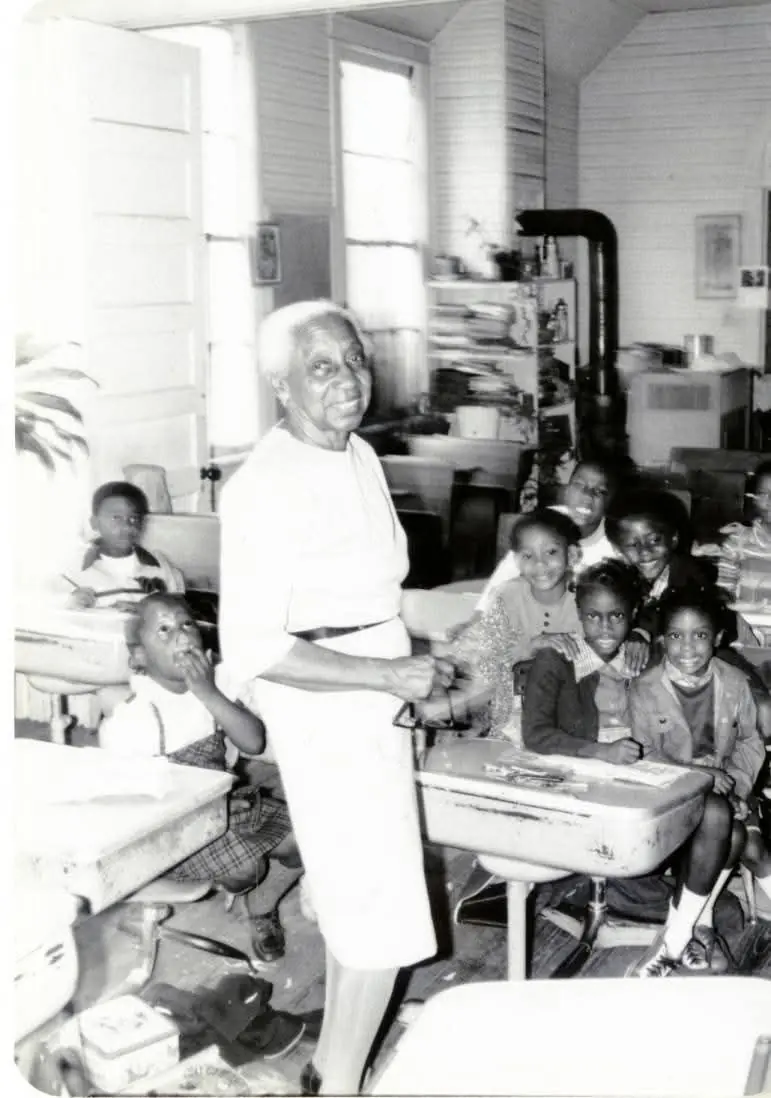
 Over a century before the digital age became reality, Ada Lovelace imagined its possibilities, earning her place in history as the world’s first computer programmer and a visionary far ahead of her time. Born Augusta Ada Byron on December 10, 1815, in London, she was the daughter of the renowned poet Lord Byron and the mathematically inclined Annabella Milbanke. Shortly after Ada’s birth, her father abandoned the family, leaving her to be raised solely by her mother, who ensured Ada never knew him. Determined to steer Ada away from her father’s romantic temperament, Annabella immersed her daughter in the rigorous study of math and logic—a rare pursuit for women in the 19th century.
Over a century before the digital age became reality, Ada Lovelace imagined its possibilities, earning her place in history as the world’s first computer programmer and a visionary far ahead of her time. Born Augusta Ada Byron on December 10, 1815, in London, she was the daughter of the renowned poet Lord Byron and the mathematically inclined Annabella Milbanke. Shortly after Ada’s birth, her father abandoned the family, leaving her to be raised solely by her mother, who ensured Ada never knew him. Determined to steer Ada away from her father’s romantic temperament, Annabella immersed her daughter in the rigorous study of math and logic—a rare pursuit for women in the 19th century.



